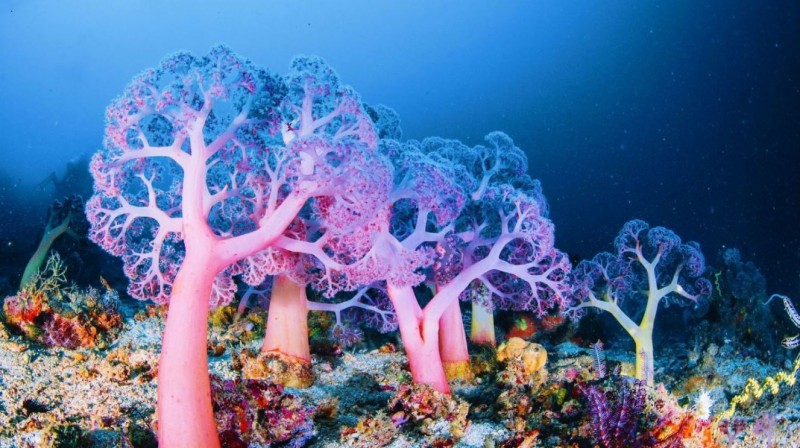
Introduction
Coral reefs are some of the most diverse and beautiful ecosystems on our planet. Found in the clear, warm waters of tropical oceans, these underwater marvels provide habitat for a vast array of marine species. In this article, we will explore the wonders of coral reefs and the incredible biodiversity they support. From their formation to the threats they face, we will delve into the importance of conserving and protecting these fragile ecosystems.
The Formation of Coral Reefs
Coral reefs are built by tiny marine organisms called coral polyps. These polyps have a calcium carbonate exoskeleton, which they secrete to form hard structures. Over time, these structures accumulate and grow into the vast and intricate formations we know as coral reefs. The process of coral reef formation is a slow one, taking hundreds or even thousands of years to develop.
The Importance of Coral Reefs
Coral reefs are vital for both marine life and human populations. They serve as nurseries and shelter for countless species, including fish, crustaceans, mollusks, and many others. Coral reefs also provide protection for coastal areas by acting as natural barriers against storms and erosion. Furthermore, they support local economies through tourism and fishing industries, attracting visitors from all over the world.
Coral Reef Biodiversity
The biodiversity found within coral reefs is staggering. These underwater ecosystems are teeming with life, showcasing a remarkable variety of species. From colorful fish to intricate coral formations, the diversity of organisms is awe-inspiring. Coral reefs are often referred to as the rainforests of the sea due to the abundance of life they sustain. They are home to approximately 25% of all marine species, despite covering only a fraction of the ocean floor.
Threats to Coral Reefs
Unfortunately, coral reefs face numerous threats that jeopardize their existence. Climate change and rising sea temperatures pose a significant risk, leading to coral bleaching events. When coral experiences stress due to warm water, it expels the symbiotic algae living within its tissues, causing the coral to turn white and eventually die. Pollution, overfishing, destructive fishing practices, and coastal development also contribute to the decline of coral reefs.
Conservation Efforts
Efforts are being made worldwide to protect and conserve coral reefs. Conservation organizations and governments are implementing measures such as marine protected areas, sustainable fishing practices, and education campaigns to raise awareness about the importance of these ecosystems. Additionally, initiatives to reduce carbon emissions and combat climate change are crucial for the long-term survival of coral reefs.
Conclusion
Coral reefs are invaluable ecosystems that support a remarkable diversity of marine life. From their formation to the threats they face, it is evident that urgent action is needed to protect and conserve these fragile ecosystems. By promoting sustainable practices, raising awareness, and taking steps to combat climate change, we can ensure the survival of coral reefs for future generations to enjoy.
Dramatic Chase Ends in Arrest: Lokayukta Police Nabs Corrupt Food Inspector in Bengaluru